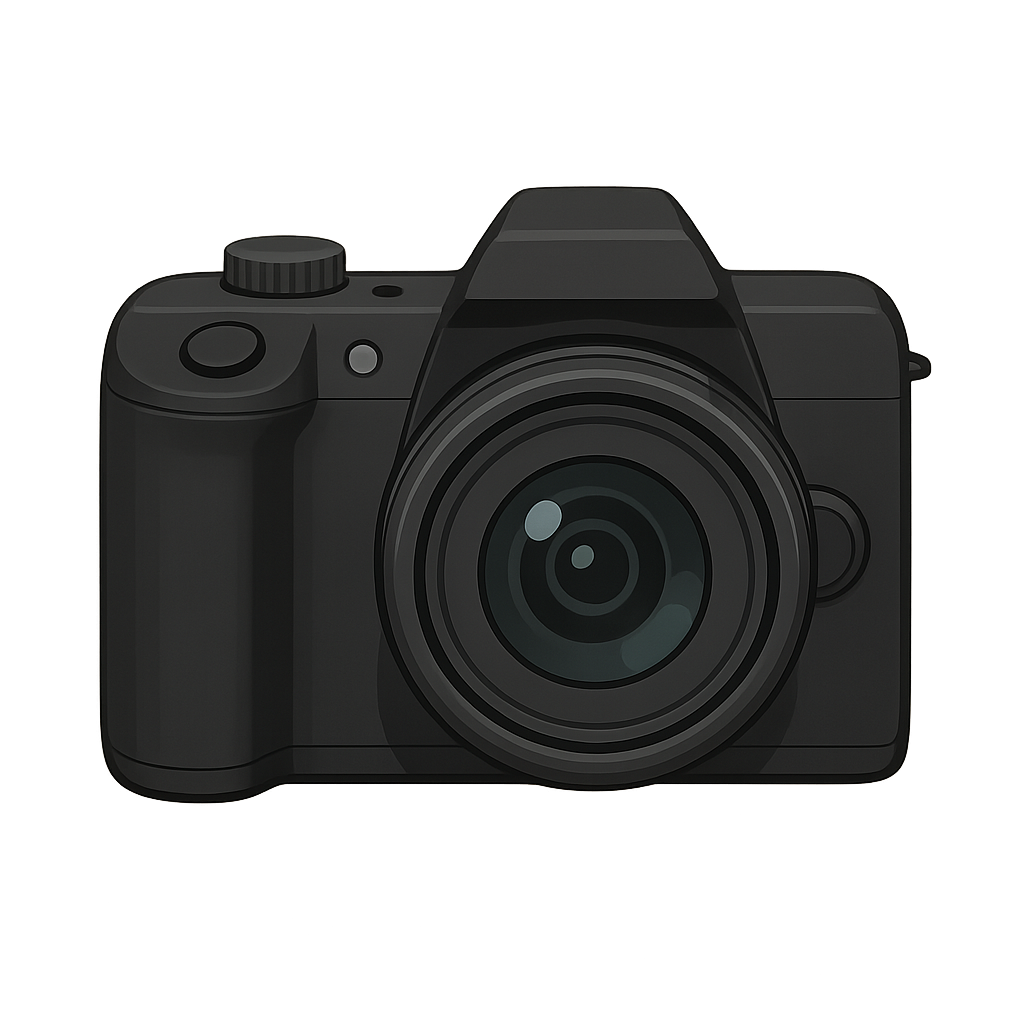The Story of the First Digital Camera
Hello there. You might not recognize me at first, but I bet you see my grandchildren every single day. I am the Digital Camera, and I want to tell you my story. Before I was invented, taking a picture was a very different kind of adventure. Imagine capturing a perfect, sunny day at the beach or a hilarious face your friend made, but then having to wait for days, or even weeks, to see it. That’s how it was with film cameras. People would click a button, a roll of film inside would capture the moment, and then they’d have to send that film away to be developed in a special dark room. Getting your photos back was like waiting for a surprise letter in the mail. You never knew if they turned out blurry or if you accidentally closed your eyes. This long wait was a problem. People wanted to see their special memories right away. In 1975, a clever and curious engineer named Steven Sasson, who worked at a company called Kodak, thought, “There has to be a better way.” He had a brilliant idea for a camera that could capture moments like magic and show them to you in an instant.
My birth didn't happen in a hospital, but in a busy laboratory at Kodak. And let me tell you, I was not the small, sleek camera you might have in your pocket today. Not at all. I was a big, clunky box made of different parts, and I weighed eight whole pounds. That’s as heavy as a big bag of flour. Honestly, I looked more like a toaster than a camera. But inside my boxy body was a revolutionary secret. Steven Sasson gave me a special sensor called a CCD. Can you imagine a tiny, electronic net? My CCD worked like that, but instead of catching butterflies, it was designed to catch light. When light from a scene entered my lens, the CCD would turn it into a digital pattern, a secret code made of thousands of tiny electronic dots called pixels. I’ll never forget the day I took my very first picture. It was a simple, black-and-white photo of a lab assistant. Everyone gathered around as Steven aimed me. “Hold still,” he probably said, because it took me 23 long seconds just to think and capture the image. Then, I had to save it to a cassette tape, the kind people used for music back then. After another 23 seconds of processing, the moment of truth arrived. The image of the lab assistant, made of just 10,000 pixels, slowly appeared on a television screen. The room erupted in cheers. It was grainy and not very clear, but it was instantaneous. It was magic.
That first clunky version of me was just the beginning of an incredible journey. I went from being a giant laboratory experiment to the tiny, powerful camera that now lives inside phones, tablets, and even travels on spaceships. I had to grow up first, of course. Engineers and scientists worked for years to make me smaller, faster, and smarter. My eyes got better, too. I learned to see not just in black and white, but in brilliant, dazzling color. Instead of just a few thousand pixels, I began to see the world in millions of them, capturing every tiny detail of a flower petal or a single snowflake. My invention changed more than just photography; it changed how people connect and share their lives. Because of me, you can take a picture of your birthday cake and send it to your grandmother across the world in a single second. I’ve even been to outer space, sending back the first clear pictures of the surface of Mars for everyone on Earth to see. I help capture history as it happens and share joy, art, and discovery instantly, connecting us all through the beautiful, funny, and amazing pictures we take every day.
Reading Comprehension Questions
Click to see answer
